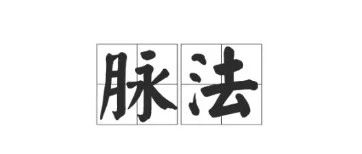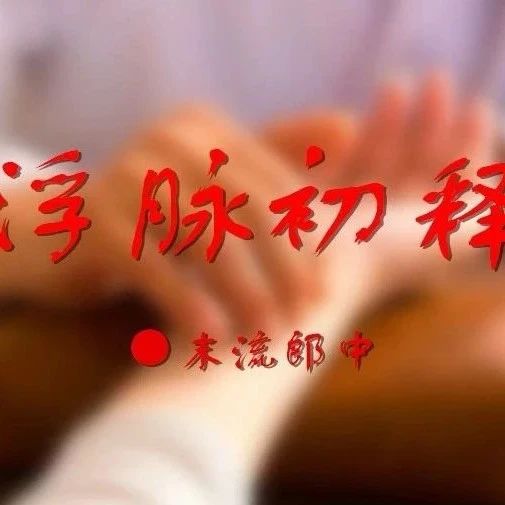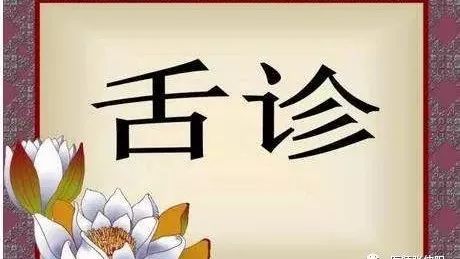Foundational Learning for Pulse Diagnosis in the Five Parts and Nine Depths Method
In Volume Ten of the “Pulse Classic” (Mài Jīng), it states: “In the center of the Qi mouth, where Yin and Yang intersect, there are five parts, each with its own master in the front, back, left, and right, divided into nine paths; by diagnosing them, one can locate the disease and evil present.” Li … Read more










